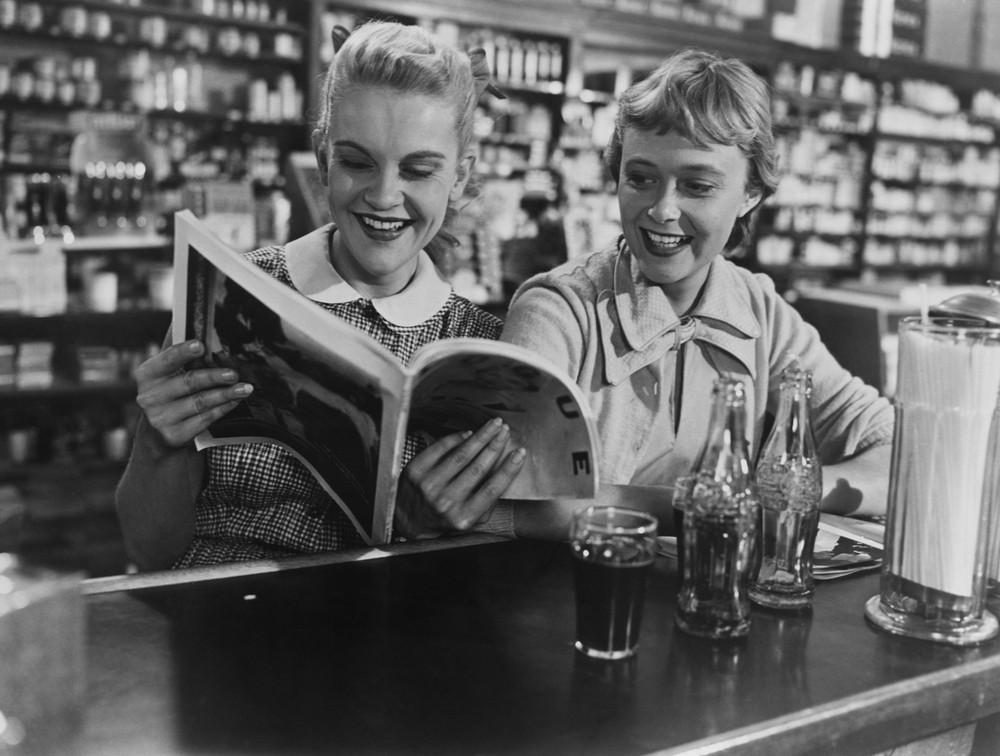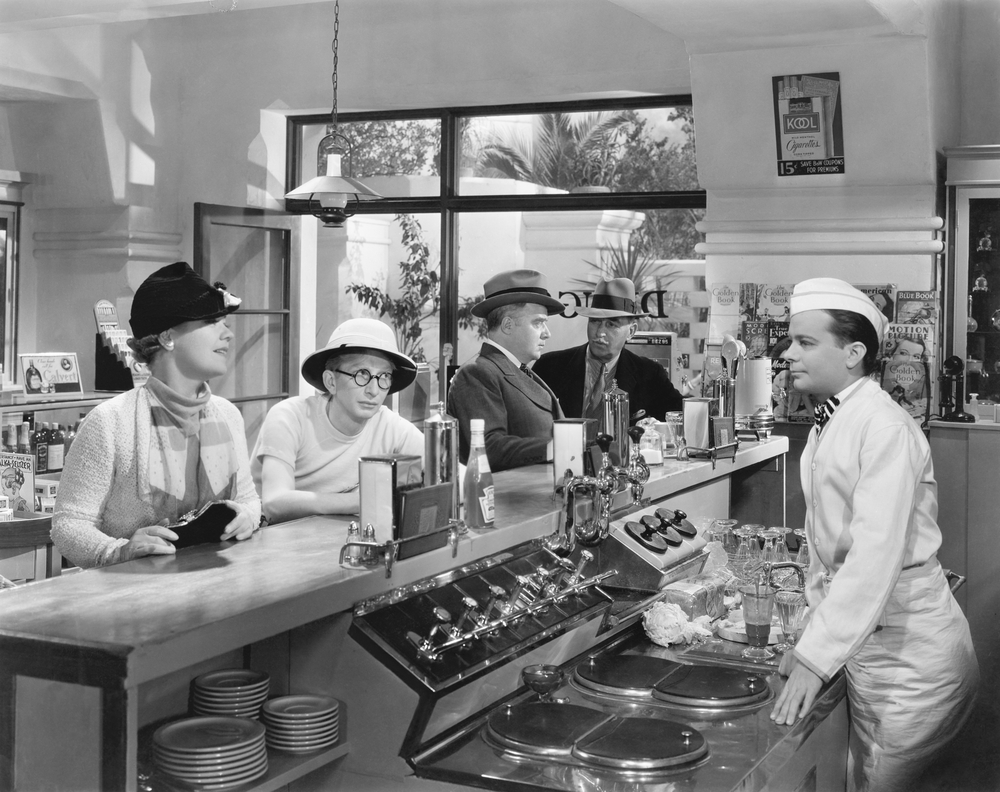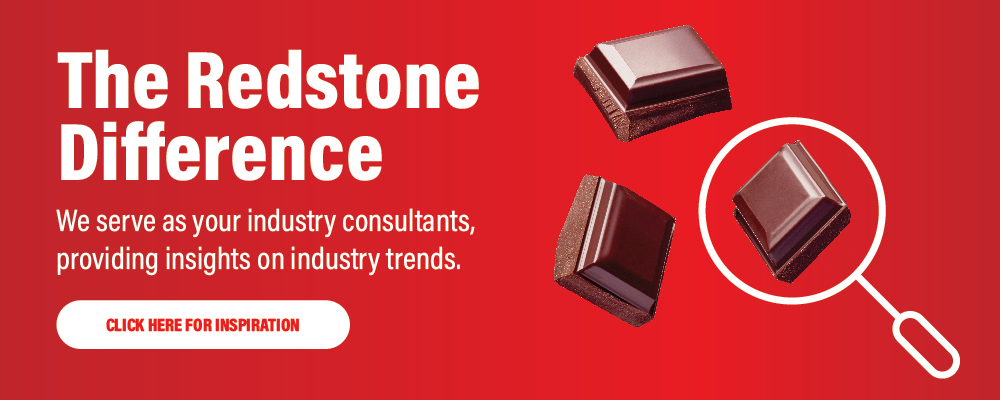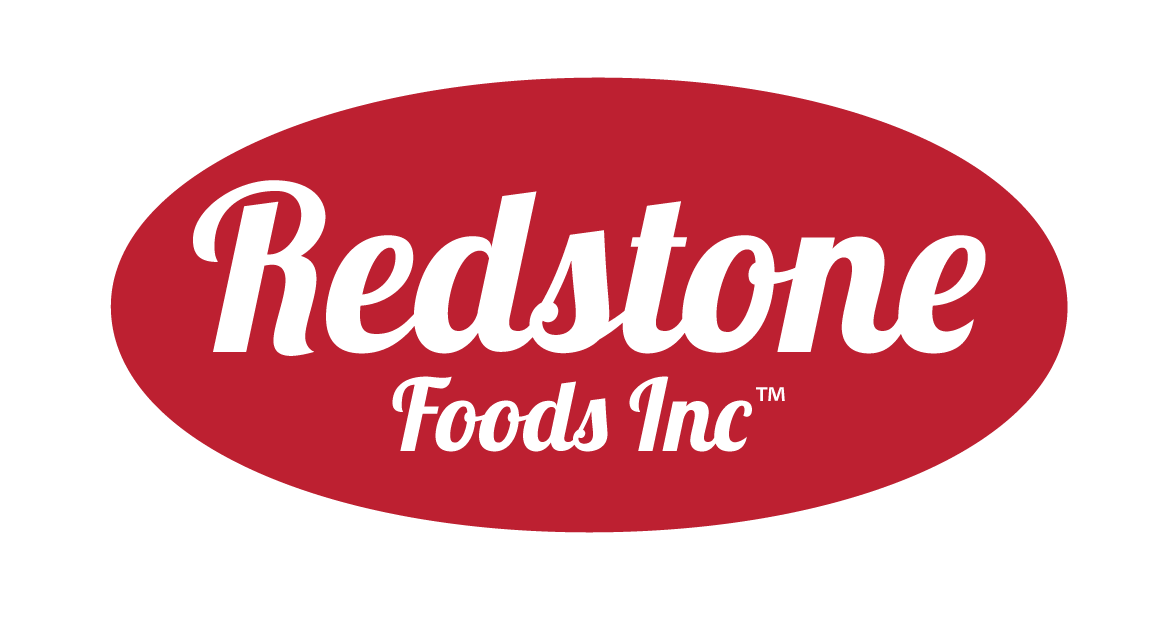The History & Quality of Glass Bottle Soda
| BY DANIEL ROTHSTEIN

We’ve likely all found ourselves in the middle of the drink aisle on a hot summer day looking for that perfect treat to satisfy our taste buds and our thirst at the same time.
For days like these, nothing compares to the thirst-quenching, delicious sensation of an ice-cold soda out of a glass bottle.
Soda, pop, Coke, or soft drinks as they are known in different parts of the country are a fan favorite for many shoppers. When it comes time to enjoy these fizzy, sweet drinks, the glass bottle is king.
It’s not just that the bottles are better vessels for the soda, it’s for the nostalgia and memories that come flooding back as soon as we pop the top off and put that bottle to our lips.
Why do we have this sense of nostalgia from something as simple as a glass bottle? To begin, there was a time, not that long ago, that glass bottles were your only option. They were more hygienic, preserved the contents better without a change in flavor, aroma, or strength, and had a greater aesthetic appeal than other choices of the time.

Today, we enjoy the glass bottles because it’s harder for the CO2 to escape (keeping the soda from going flat) and plastic bottles with their acetaldehyde lining make the soda taste ‘plastic-y’.
Plus, it’s not just the bottle that brings a surge of longing for yesteryear, but the contents inside. The initial idea behind the creation of soda was based on the belief that natural mineral spring waters had curative powers.
The history of carbonated beverages and soda pop.
Scientists discovered that CO2 was responsible for the bubbles in the spring water and, in 1767, the first carbonation technique was isolated by Englishman John Priestly when he held a bowl of water over a vat of fermenting beer, creating the first man-made drinkable carbonated water.
In 1789, Jacob Schweppe began selling seltzer water in Geneva and by 1798, the term soda water had been coined.
In the early 18th century, soda water began to rise in popularity among consumers. In 1810, the first patent for the mass production of imitation soda water was issued in the United States. Shortly, thereafter, in 1819, the first soda fountain was invented by Samuel Fahnestock.
However, carbonated beverages did not reach mass popularity in the United States until after John Mathews invented a machine that could mass-produce carbonated water to sell to soda fountain owners.
By 1835, when the first soda water was mass-produced in the United States, the corner drugstore was quickly becoming the heart of the American town. People would visit the pharmacist, socialize with others, and even have a bite to eat. By the 1840s, soda counters had been added to the majority of these local drugstores.

During the 1850’s, and the years leading up to 1914, consumers would visit their local soda counter at the drugstore where pharmacists would make concoctions with substances like cocaine and caffeine, mixing them into soda water to make them taste better, and therefore more consumer-friendly.
Many pharmacies also began selling milkshakes, where the original recipe was carbonated water, sweetened flavored milk, and a raw egg. They also sold ice cream sodas as well, which were originally flavored soda water and a scoop of ice cream.
Part of the allure of surrounding soda at the time was that it was a better alternative than alcohol. Pharmacies were seen as respectable, while bars selling booze were not.
Did you know: the name “soft” drink implies that there is no alcohol added?
In that same amount of time (1850-1913), many familiar sodas and soda brands were created such as the first root beer in 1876, Dr. Pepper in 1885, the first cola tasting beverage in 1874, and Coca-Cola in 1886.
While soda brands and the soft drink industry was booming - going from just 380 plants in 1870, to roughly 2750 by 1900, the mass production of the glass bottle didn’t occur until 1899. During the 1920s through the 1950’s, the love for glass-bottled soda pop reached an all-time high, with well-known brands like Coca-Cola releasing their iconic glass bottle even though the soda had been invented many years earlier.
Why does soda pop taste better when it comes from a glass bottle?
After the popularization of glass bottled soda pop, soda fountains were no longer solely inside pharmacies. For this reason, candy shops and ice cream shops also became popular in the heart of American towns. The “soda jerk” (the person behind the counter) was like a soft bartender and could create all sorts of popular drinks. However, once people got a taste for soda pop in a glass bottle, it quickly became the only way to enjoy your favorite soda.

A cold soft drink in a glass bottle is intricately woven into the fabric of American culture, and that’s as true today as it was during the heyday of soda fountains and carhops. In fact, the US still accounts for over 25% of the global soft drink market.
Once you know a little bit of the history of soda pop and its ties to the glass bottle, you easily understand the overwhelming sense of nostalgia people have for their favorite soft drink. It gleefully transports you to an era where life seemed much more simple and stirs up many fond memories of enjoying a crisp, refreshing, great-tasting soda. There really is nothing quite like that first sip!
For any and all your bulk, glass-bottled soda needs, please visit our wide selection at Redstone Foods. They're sure to bring a sense of nostalgia and delight to all of your customers!






